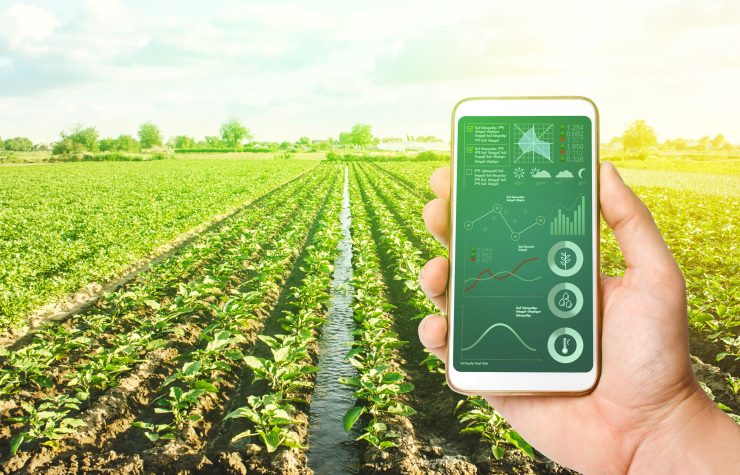Those who go to the supermarket and find fruits and vegetables always available and in variety on the shelves usually have no idea of all the processes that food goes through before it gets there, from production to distribution, nor of the impacts of technology on contemporary agribusiness.
Rural producers, on the other hand, know the process from end to end and, for this reason, have a real notion of the difficulties faced in the field – ranging from pests and diseases to climate change, passing, of course, through political and economic instability and the numerous obstacles in transportation, typical of continental countries like Brazil.
In this scenario, technology in agriculture gains body and relevance. Proof of this is a study conducted by the Brazilian Precision Farming Commission (CBAP), which diagnosed that 67% of the farms in Brazil already use some kind of technology.
If you are part of the 33% that are outside this statistic, it is interesting to start thinking about this possibility. Resources such as Artificial Intelligence (AI), Machine Learning, Internet of Things (IoT) and blockchain may seem complicated to understand – or too technological for those who work in the field -, but the truth is that they bring impacts that speak the producer’s language and result in ease of seedling and seed management, pest control, production optimization and waste reduction.
With this in mind, we have listed in this article some of the contributions of technology in agribusiness. At the end, you will learn about a successful case that Monitora is part of. Enjoy your reading!
Technology transformations in agribusiness
The use of machinery in planting and harvesting undoubtedly represented a major step forward for agribusiness, especially with regard to the need to scale up production.
But it is necessary to go further. Agribusiness is booming in Brazil. In 2021, the sector will reach a share of 27.4% of the Brazilian GDP, adding up to US$ 120.6 billion in exports (19.7% more than in 2020). This indicates that it is increasingly important that the segment makes efforts to act effectively in the management of seedlings and seeds, pest control, production optimization and waste reduction.
In this sense, the use of technology in agribusiness has contributed significantly to the growth of the sector. Here are some of the possible applications.
Artificial Intelligence and Big Data
Big Data is about the collection and storage of data. The goal of Artificial Intelligence (AI) is to mimic human intelligence, allowing the analysis of this data and more assertive decision making.
In agribusiness, AI, allied to Big Data, helps the rural producer in the diagnosis and predictability of scenarios. It is possible to know, for example, how much fuel is exactly consumed for the harvest of a certain area and how much savings would be generated in an alternative route for the machinery.
Besides this, it is possible to
- perform chemical soil analyses, identifying the presence or absence of nutrients and obtaining the ideal amount recommended for each situation;
- obtain advanced climatic data that allow programming the best times for harvesting and planting and thus get the most out of the production;
- work on genetic improvement and biotechnology;
- reducing the waste of fertilizers, applying specific doses for each location.
Internet of Things
The Internet of Things (IoT) is the name given to the technology that concerns the ability of objects to connect and operate through the internet.
In the rural field, the most common example of the application of this technology are drones. Through them it is possible to monitor large areas, performing crop analysis, soil demarcation, spraying, surveillance, crop development monitoring, animal counting, and much more.
In addition, some equipment has technology capable of capturing very high quality images, which are sent to the cloud and then compared with references. Thus, it is possible to identify, for example, sick plantations or those that need more attention in the insertion of nutrients.
Coopercitrus: a case of technology applied to agriculture
Campo Digital, an application developed by Monitora for Coopercitrus, is an example of how technology in agribusiness can contribute significantly to production, optimizing processes, increasing production and avoiding waste.
Through the app – and just a click away – the producer has access to important data to carry out his work, such as weather forecast, maps and georeferenced data of their property.
In addition, they can request the precision agriculture services offered by Coopercitrus, such as georeferenced soil sampling, localized spraying by drone, planting systematization through images generated by unmanned aerial vehicles, satellite monitoring services, and application of correctives, among other possibilities.
The use of software and systems in the field, as a matter of fact, is becoming more and more indispensable, whether for service requests, as was the case with the app developed by Monitora, or for stock control, invoice issuance, supplier and input management, and much more.
What to expect from the future in agribusiness
According to the study “Vision 2030: the future of Brazilian agriculture”, conducted by Embrapa, 7 megatrends should mark the next years of agribusiness. They are
- Socio-economic and spatial changes in agriculture: which predicts, among other things, the shortage of labor in rural areas, expansion of strategic territorial management, and advances in spatial analysis of land use and biomes;
- Intensification and sustainability of agricultural production systems: which includes the reduction of food losses and waste, sustainable and systemic expansion of agriculture, and greater preservation of natural resources;
- Climate change: which considers the rise in temperature, increased promotion of science & technology and new adaptation and mitigation technologies;
- Risks in agriculture: which assumes the increase in global uncertainties and the creation of new risk management tools;
- Adding value to the agricultural production chains: which expects innovations in nanotechnology, biotechnology and automation, besides the development of new materials and bioproducts;
- Consumer protagonism: with the use of digital platforms in consumption relations, greater demand for convenience and healthiness, and the growth of specialized and niche markets;
- Technological and knowledge convergence in agriculture: with digital transformation in companies more intense in the use of ICT, automation and robotization, accelerated development of cognitive and computational intelligence and IoT, expansion of data sharing.
In practice, it can be seen that, in a way, each of these megatrends is permeated by technology-related expectations. In short, agribusiness is expected to reach new heights of efficiency and sustainability, despite the difficulties, driven by digital agriculture.
A good example of the application of these megatrends in practice is the arrival of autonomous machinery, that is, tractors, harvesters, and sowing machines that rely on sensors, cameras, and connectivity and are operated remotely, with the help of gadgets such as cell phones and computers.
Being prepared and investing in technology is the ideal way to evolve together with agribusiness. And IT outsourcing may be the best alternative. Count on Monitora to develop solutions tailored to the needs of your business.
Our team consists of professionals who work with state-of-the-art technology, from service design and digital journey to software development, including requirements analysis and engineering. Come revolutionize your business with us!



